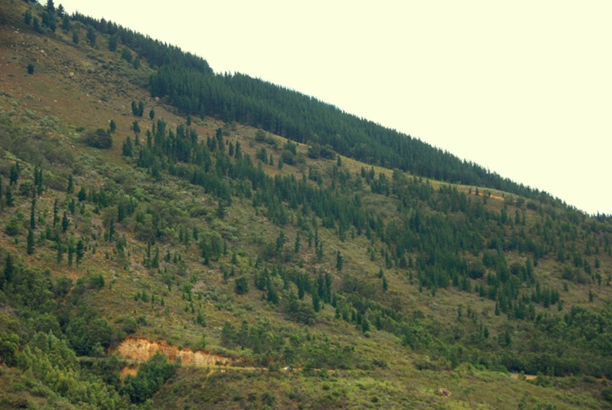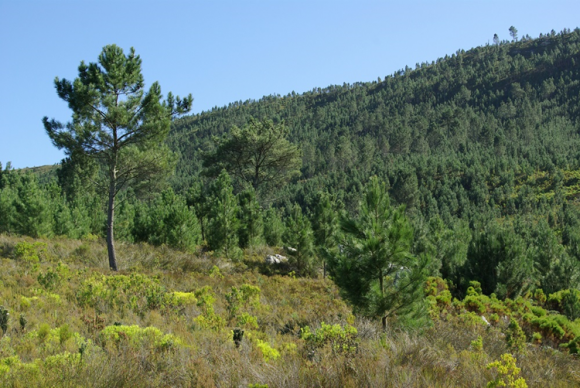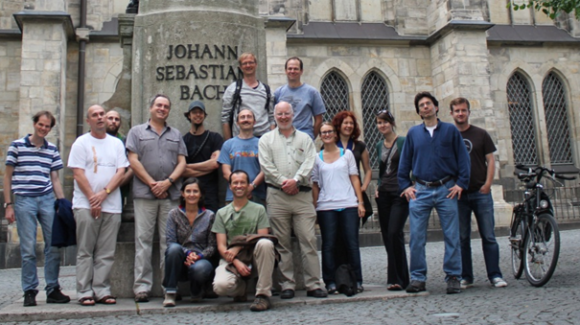10 February 2015 | By Matthew McConnachie
Protected areas (PAs) are a key intervention for conserving biodiversity and ecosystem services. A major challenge for PAs is the control of invasive alien plants that spread into PAs from surrounding areas such as forestry plantations. The links between invasions and different plantation sources are poorly understood, making it difficult to assign responsibilities for control costs.
To address this issue, C·I·B post-doctoral associate Matthew McConnachie and co-workers, used a new quasi-experimental method to estimate the effect of plantations of invasive pines (Pinus species) on the spread of these trees into PAs in the Cape Floristic Region.

They found that 51% of PA pine invasions were caused by nearby plantations. Costs of controlling invasive pines in the study area totalled 98 million Rand between 2001 and 2012. It could cost between 273 and 916 million Rand, and take between 34 and 113 years, to clear the remaining pines in the study area, depending on rates of spread and cost-effectiveness of control. The results, published in the Journal of Applied Ecology, provide a starting point for estimating the contribution of plantation forestry to invasions in protected areas in the Cape Floristic Region.
Read the paper
For more information, contact Matthew McConnachie at mattmccza@gmail.com



